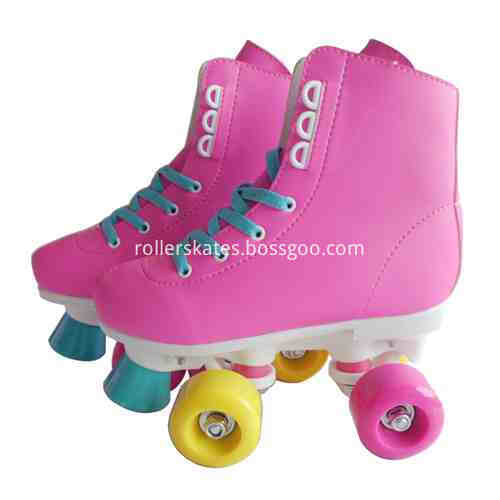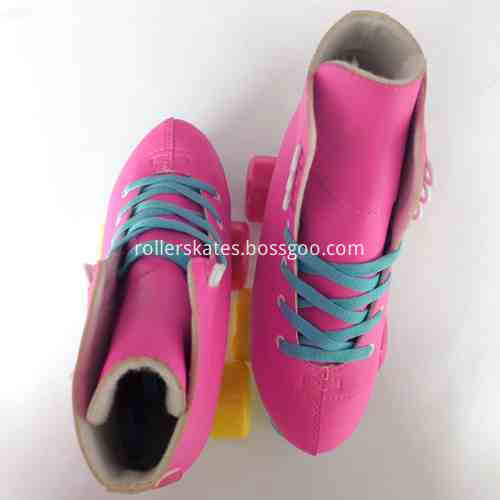Wax and waxing process of corrugated board
The wax dipping and waxing process of corrugated board is the main method for making waxed corrugated cartons, and the technical requirements are relatively high. Some new effective equipment must be installed and operators must understand all aspects of the entire production process. Some people think that the results of the two methods of wax immersion and waxing have different effects on certain properties of the carton. However, after research, it can be confirmed that the waxing board made of waxing method has exactly the same physical property parameters as the waxing board made from the waxing method. The technical difference is almost the direction of the waxing cycle.
Several steps of dipping wax method:
1, cardboard, corrugated vertical, immersed in wax grains. The air is emitted upward from the corrugation pores. The excretion takes about two minutes, depending on the depth of the corrugation.
2. The wax penetrates further into the core paper and facial tissue, extrudes air and moisture for about 10 to 12 seconds, depending on the size of the carton.
3, the whole process of waxing at least 20 seconds.
Several steps of the waxing method:
1, cardboard into the machine, carry out waxing. The speed at which the wax sprays the waxing spray head is 10 cm/s, the traveling speed of the transmission chain is 1.5 m/min, and the corrugated board is directly exposed to wax for 4 seconds.
2. The board travels to a hot area between two waxing waterfalls. The initial waxed board is warmed until the wax material is allowed to penetrate fully. This distance is about 10 to 15 meters, and the cardboard speed is 50 to 60 centimeters per second. The second rinsing wax completely saturated the penetration of the wax material in the paperboard, and the wax time was the same as the first time.
3, the whole process of waxing about 30 seconds. (The latest waxing equipment has two waxing systems, four waxing waterfalls, which can ensure that the wax material is fully saturated in the cardboard and shortens the time.)
In short, the entire waxing process involves the corrugated board soaking in hot wax, draining the remaining wax, cooling, and re-bundling. The quality of the carton must be emphasized before filling the wax. To get a strong waxed carton, a well-structured paperboard is the foundation. Corrugating damage and corrugation tilt caused by improper operation of the corrugating machine, and paperboard crushing caused by printing presses, die-cutting machines, etc., will greatly affect the quality of waxed cartons.
The season is related to waxed wax. Softer waxes are suitable for winter use because of the lower melting point. Harder, higher melting waxes are suitable for summer use. However, it is difficult to grasp various climatic conditions. It is often very difficult to determine which type of wax is most suitable. Therefore, the working experience of waxers must be improved.
In order to make the waxing carton withstand high humidity and humidity, it is necessary to select the waterproof starch, and the starch dosage and processing method. In addition, the choice of ink is also very important, if not properly selected, it will lead to print melt, contaminated wax material.
There are two basic types of wax: hard paraffin and microcrystalline wax. Because hard paraffin wax has no branched straight chain, the melting point is usually 29 to 30 degrees Celsius, and after cooling it forms a large area of ​​crystal. Microcrystalline wax is different, the molecular weight is higher, the melting point of 41 to 50 degrees Celsius is completely saturated, high-density molecular chain, more sticky and fluid than hard paraffin, crystal is relatively small. Chemically, hard paraffins are more unstable, especially oxidized. Wax-waxed waxes are usually two types of blended blends.
To ensure the requirements for stickiness, melting point, darkness, color, odor, transparency, freezing point, hardness, etc., appropriate materials must be selected from over 2,000 different resins, polymers, antioxidants, and other additives to formulate formulations. The cost of special additives is much higher than the cost of wax and must be strictly controlled. Some additives, if added 0.1%, will significantly change the performance of the wax, so the formula must be very careful.
The temperature of the wax must be strictly controlled to ensure good permeability and fluidity. If the temperature is too high, the cardboard will be battered and the surface of the tissue will be too dry. If the temperature is too low, the wax will be wasted and the surface will freeze and block circulation. The temperature determines the waxing quality of the waxed board. Therefore, the use of the carton is ultimately determined. Each type of machine and wax material has different temperature requirements, but only differences within 1 degree are allowed and must be adjusted properly.
When the carton leaves the waxed state, the wax temperature and the carton temperature are the same. At this time, the extra wax begins to drip and the temperature of the cardboard begins to fall, so it is necessary to control the temperature of the surrounding air. The basic condition is to keep the cardboard dripping smoothly for two to three minutes.
With regard to the two cloud points of the wax mixture, the critical temperature must be considered. The temperature at which the cloud point occurs varies from wax to wax, with a temperature difference of 10 degrees. The falling cloud point will block the flow of wax and the dropping of the remaining wax in the cardboard. It is obviously unrealistic to reheat and raise the temperature to raise the cloud point. Therefore, the temperature of the wax and the temperature of the board must be controlled. The temperature of the paperboard must not be so low that the waxy wax will produce a reduced cloud point. Only when the cardboard is waxed uniformly, the surface can be cooled, but the remaining wax continues to drip, minimizing the amount of wax used. Finally, the temperature must be further reduced so that the cartons can be repackaged without sticking together.
The waxed carton should be quite flat and the wax flow rate should be within 1-2 cm per second. The surface of the wax is thin and transparent. Wax material at the bottom of the board has more balance and the depth of the corrugated block is 2 to 3 mm to ensure that the carton is suitable for a humid environment. If the top of the board is too dry and the bottom is waxed, the oven temperature is too high and the wax temperature is normal. If the entire board is underwhelmed by wax, the wax temperature is generally too high. Too high a wax temperature will make the cardboard brittle, and the color will darken; if it is a white paper, there will be noise. Excessive wax temperatures inevitably result in poor carton moisture resistance. The cardboard is subject to too much wax. If the wax temperature is normal, it is usually the cardboard temperature or the ambient temperature is too low.
The water absorbency of the board can be tested directly by the sizing test. The sizing degree test by immersing the dyeing water can effectively measure the effect of waxing. When it is put in, the wax accumulation ends upwards for about fifteen minutes, and the hidden weaknesses are revealed.
The structural performance and waxing effect of the board can be tested by the dry board edge pressure test. Under normal circumstances, the edge pressure of wax-coated paperboard is measured to be 65 to 75 percent higher than that of normal paperboard. The side pressure test of wet paperboard is the most difficult test for waxed paperboard, not only to test the waterproof effect of the starch, but also to test the protective performance of wax on the corrugated medium paper. The results obtained by such tests are usually quite different, so the requirements are very strict. The test template must be sampled from the top to the bottom of the board so that reliable data can be measured.
The compressive strength of the cans can be tested by compressive tests. Tests show that the compressive strength of the cans is much higher than that of a typical carton, especially at 95% relative humidity.
Most wax materials can take into account both the strength of the carton and the flexible flap of the flap. The flipping problem of the flap cover is mainly caused by the bad impression. Therefore, the indentation of the waxed carton must be carefully shaped to ensure that the flap is folded and flexible. The combination of paperboard and core paper must be balanced. If the weight of two sheets of paper is low and the weight of the paper is high, it will generally cause the paper to break. The design of the self-locking bottom carton is also a very difficult problem. Other tests include freezing point, acidity and saponification value, fire point, concentration, and the like.
It is very difficult to provide a wax formulation that is suitable for both summer and winter production because the temperature difference makes the board and the operation requirements different. With regard to the quality control of wax materials, some tests are more difficult, such as saponification value testing, must have necessary equipment and well-trained staff. All waxing machines should pay attention to daily maintenance, especially waxing type equipment is more necessary.
Zhang Bo/wen
Shanghai Packaging



roller skates, Good quality skates, High upper roller skates
Yong Kang Jun Ran Sports Factory , http://www.junran-sports.com